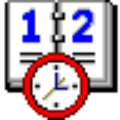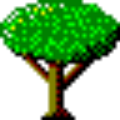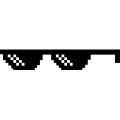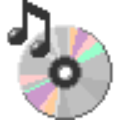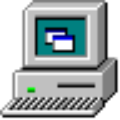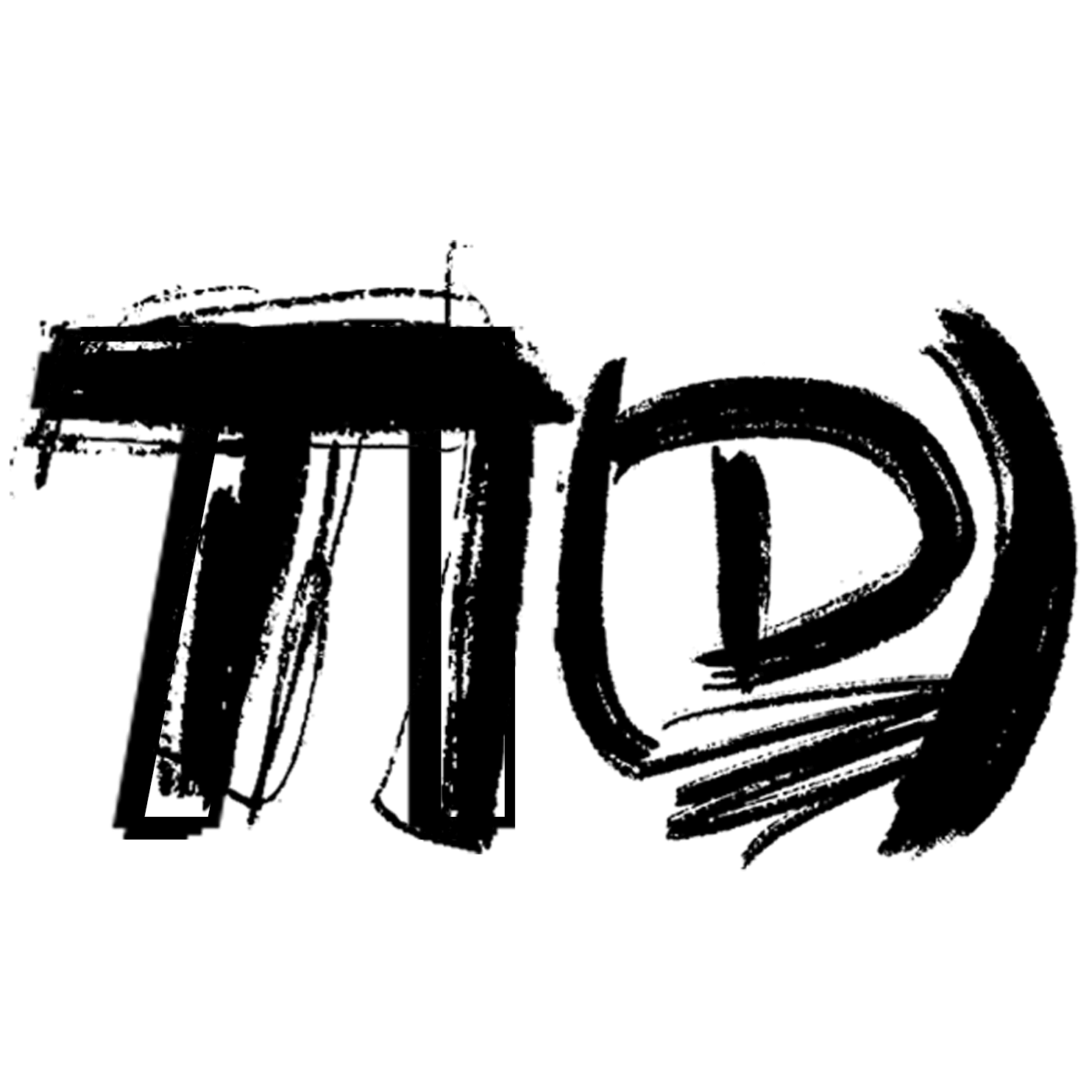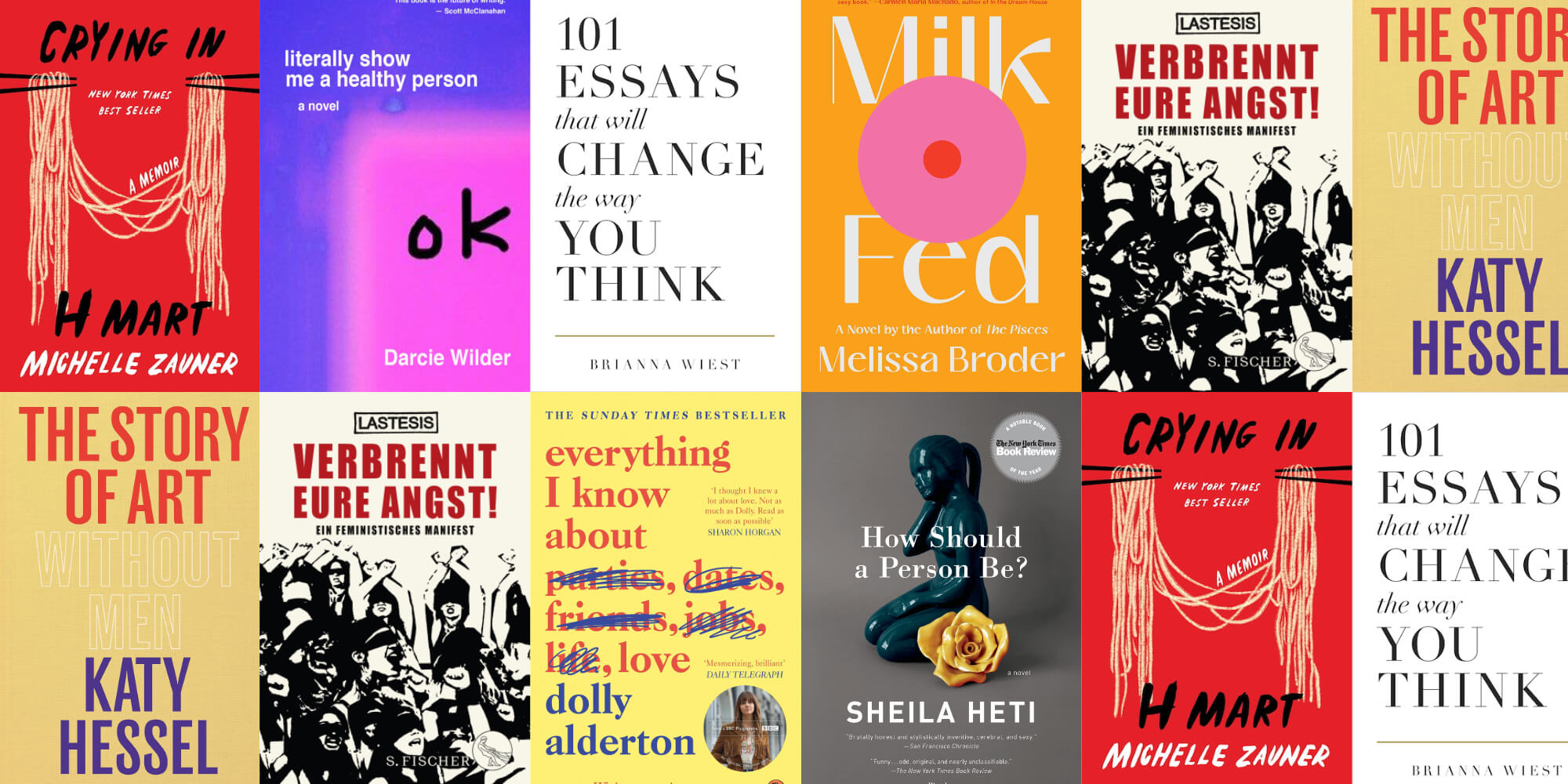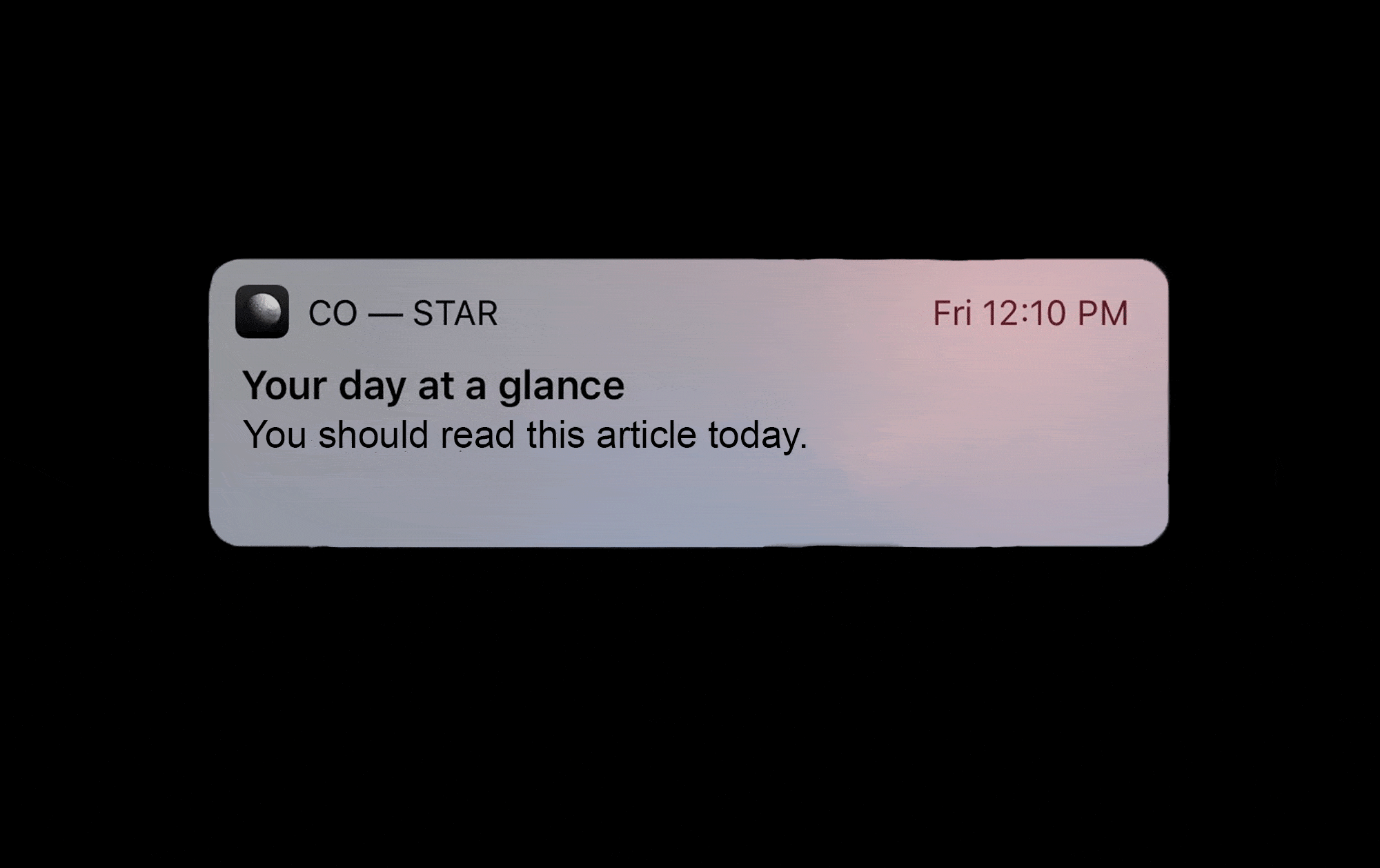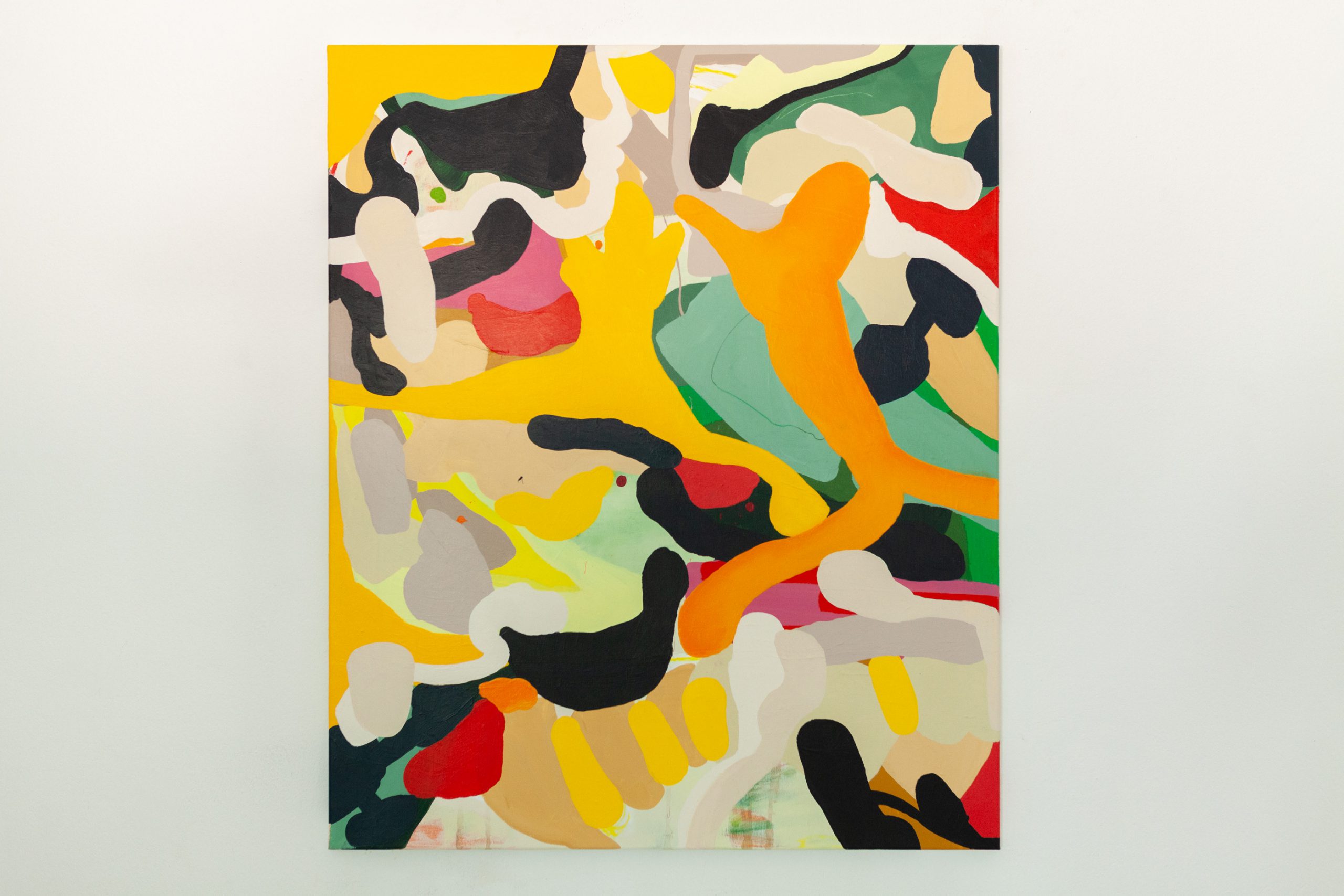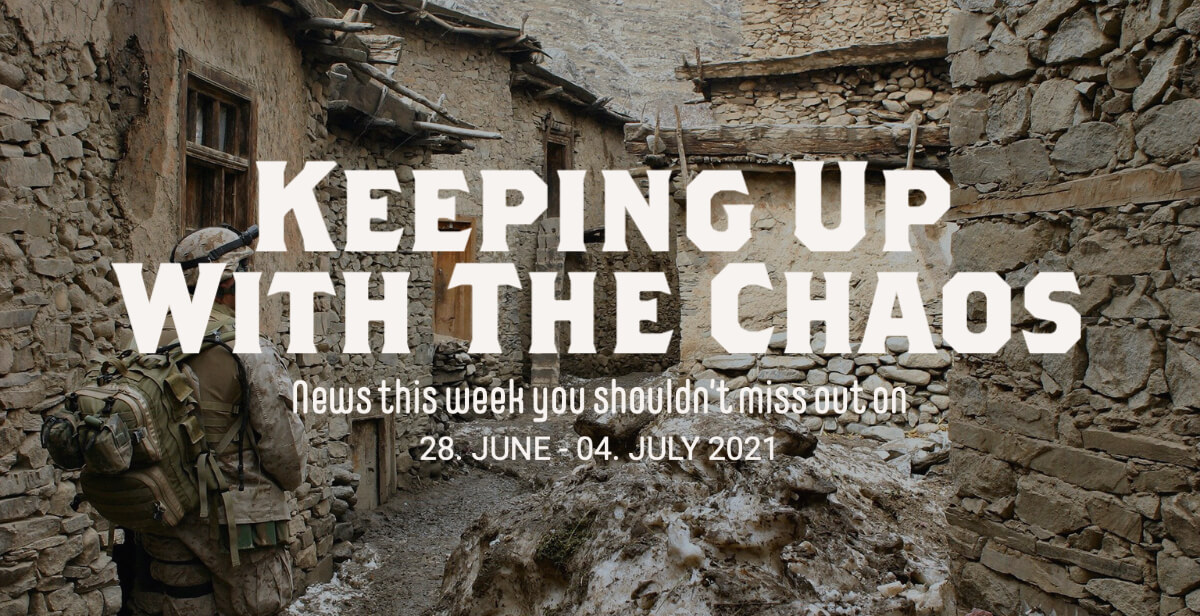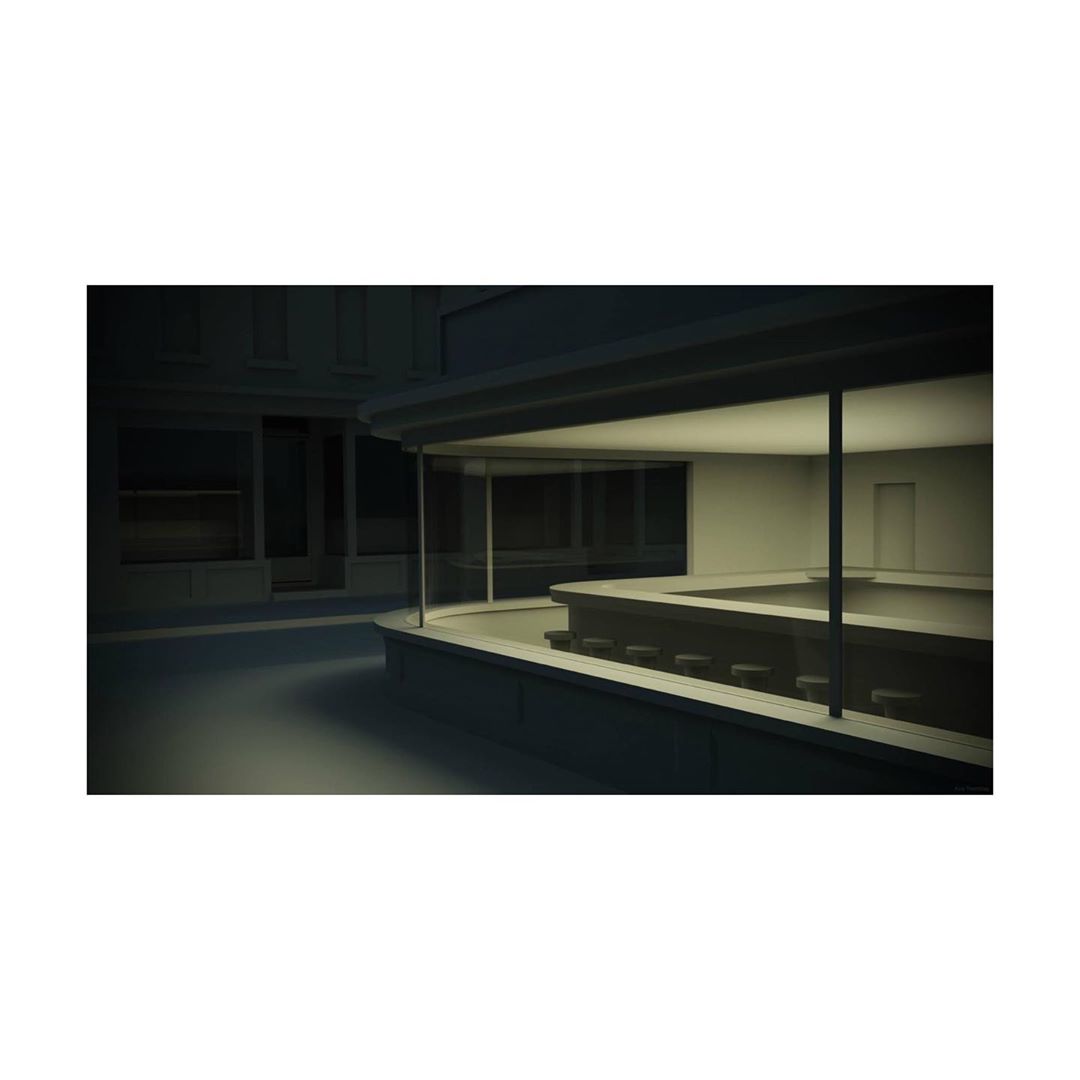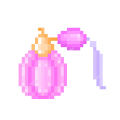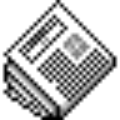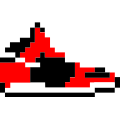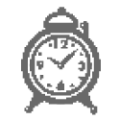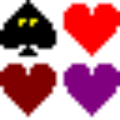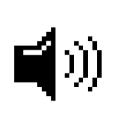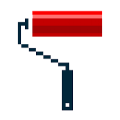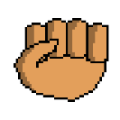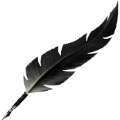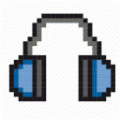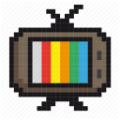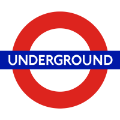The Defining Decade: Books to read in your 20s
Counting down the days to your 18th birthday is a memorable experience for many. The anticipation builds as you approach the big day. At 16 and 17, you start feeling like you have a grip on life and the world. The game is almost over, and turning 18 is the final challenge. However, the 19th birthday is no longer greeted with the same solemnity. It passes casually, marking the end of a chapter. Then, suddenly, you’re twenty. Twenty years old, and you find yourself longing for the carefree days of being 18. At 18, life feels freer than ever before. But as you enter your roaring twenties, fear sets in. The twenties become the scariest years of your life. While at 18, you embrace the sweetness of life, at 20, you confront the uncertainty of the future.
In the twenties, young people realize that the life they’ve been accustomed to since childhood comes with a hefty price tag. Even those who have completed their studies successfully may only now grasp that their hard-earned dream job does not lead to the desired standard of living. Moving from one internship to another proves to be unsatisfying. Relationship decisions also take on greater significance. It’s a far cry from the teenage years when one can easily hop from one relationship to another. The twenties raise a series of existential questions: Who am I? What am I capable of? What do I want? We’re bombarded with these inquiries, and it seems like no one has the answers.
The twenties are undeniably the most defining years of our lives. It’s a period of growth and transformation. And since true glow-ups don’t solely depend on new hairstyles, wardrobes, or styles, but also on a renewed mindset, we’ve compiled a list of books that are essential reads for anyone in their twenties who’s navigating this tumultuous phase.

Everything I know about parties, dates, friends, jobs, life, love by Dolly Alderton
“Everything I Know About Parties, Dates, Friends, Jobs, Life, Love” by Dolly Alderton In this memoir, Dolly Alderton, a journalist who has seen it all, vividly describes the trials and triumphs of growing up. From falling in love to finding a job, getting drunk to getting dumped, she shares humorous and occasionally heart-wrenching stories. This book is a treasure trove of wisdom on bad dates, good friends, and, above all, realizing that you’re enough in the midst of uncertainty.
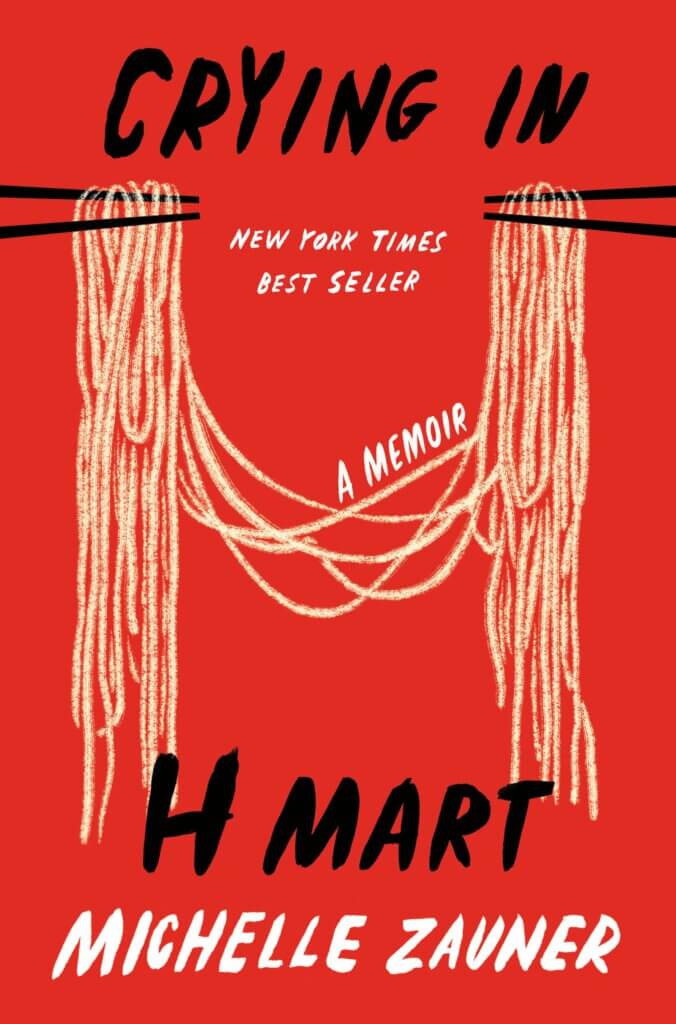
Crying in H Mart by Michelle Zauner
Michelle Zauner recounts her experience of growing up as one of the few Asian-American kids in her school and how it shaped her quest for identity. She touches on her struggles with her mother’s high expectations and a painful adolescence, as well as the profound bond she shares with her mother and grandmother. As she embarks on her own path, attending college, working in the restaurant industry, and pursuing her music dreams, she finds herself drifting away from her Korean heritage. However, a terminal cancer diagnosis for her mother in her mid-20s forces her to confront her identity and reclaim the gifts her mother had bestowed upon her.
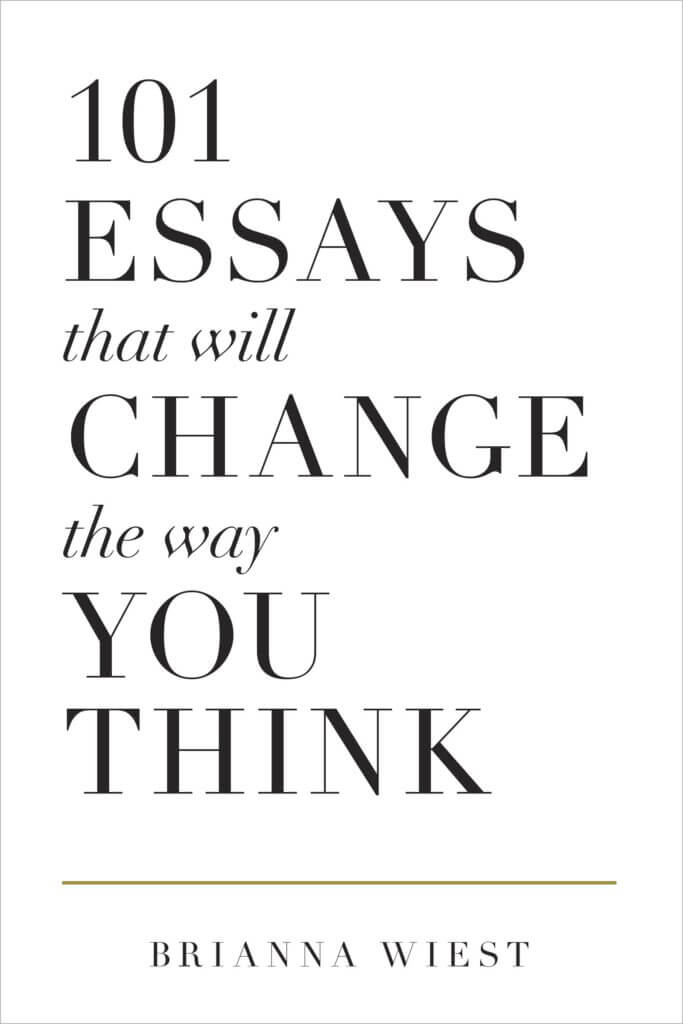
101 essays that will change the way you think by Brianna Wiest
This compilation of Brianna Wiest’s thought-provoking essays covers topics like the importance of purpose over passion, embracing negative thinking, finding wisdom in daily routines, and understanding the cognitive biases that shape our perception of life. Expect to discover nuggets of wisdom you’ve been yearning to hear and even ones you didn’t know you needed, but will be grateful to have found.
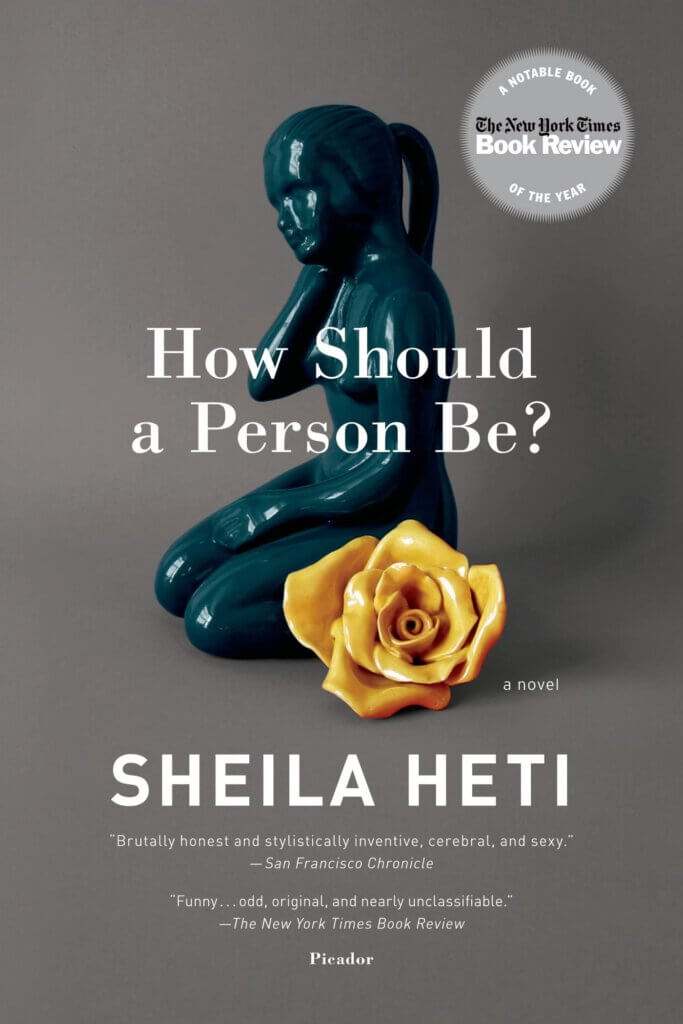
How Should a Person Be by Sheila Heti
Part literary novel, part self-help manual, and part exploration of art and sexuality, this book delves into the complex terrain of female friendship and the quest for personal fulfillment. Heti poses questions like “What is the most noble way to love?” and “What kind of person should you be?” Through a mixture of emails, transcribed conversations, and prose, Heti’s protagonist embarks on a journey across cities in search of clarity—a quintessential twenty-something pursuit.
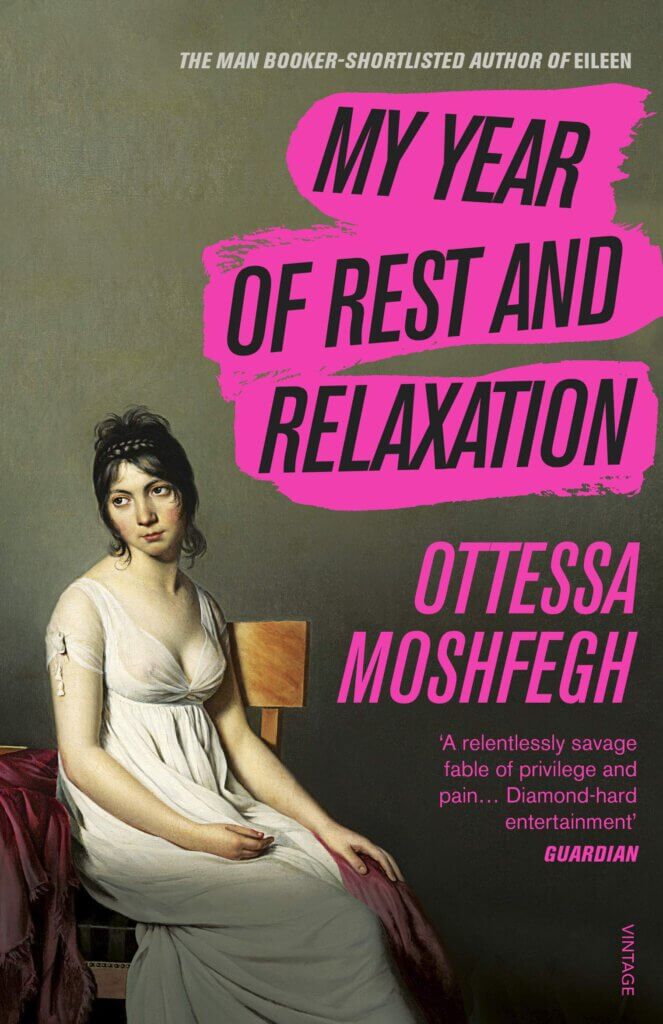
My Year of Rest and Relaxation by Ottessa Moshfegh
In the midst of a stressful period, haven’t you ever wished to press pause and detach from our achievement-oriented society?
The protagonist in “My Year of Rest and Relaxation” by Ottessa Moshfegh does just that: she takes a year off and goes into a kind of hibernation. Lying to her therapist, she is prescribed a mixture of drugs and retreats to her apartment. The only person who prevents her from living in complete isolation is her best friend, Reva.
“My Year of Rest and Relaxation is an extraordinary book based on an extraordinary idea. The protagonist is very rich and tired of life. Her parents have died and her boyfriend has left her. However, the novel is not about mourning, but about the protagonist’s intention to sleep as long as possible in order to experience a kind of rebirth after a year.
This novel follows the protagonist as she takes a year-long hibernation, fueled by a cocktail of prescribed drugs and a retreat into isolation. It’s a story of rebirth and self-discovery, exploring themes of life’s meaning and the pursuit of fulfillment.
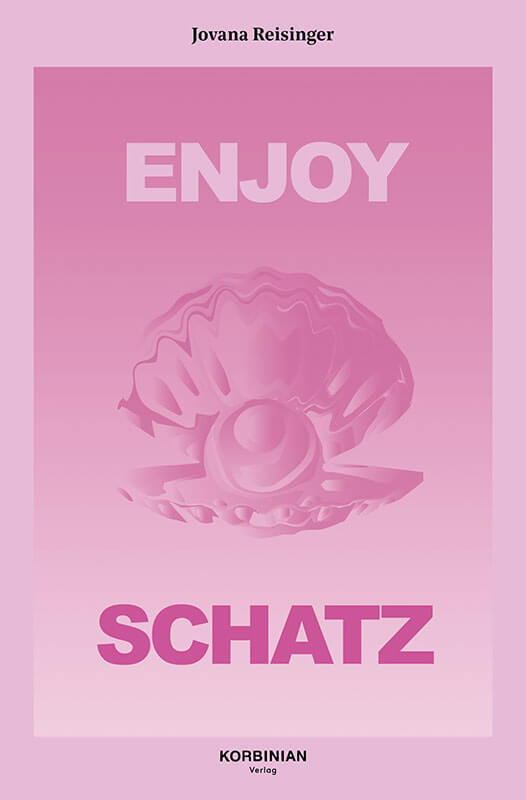
Enjoy Schatz by Jovana Reisinger
Combining reflections on feminism, patriarchy, society, art, and literature with autobiographical elements, Jovana Reisinger’s collection of essays will captivate you with its witty and precise analysis. Through dialogues, slogans, and dissecting analyses, she humorously reveals that women are the architects of their own histories.
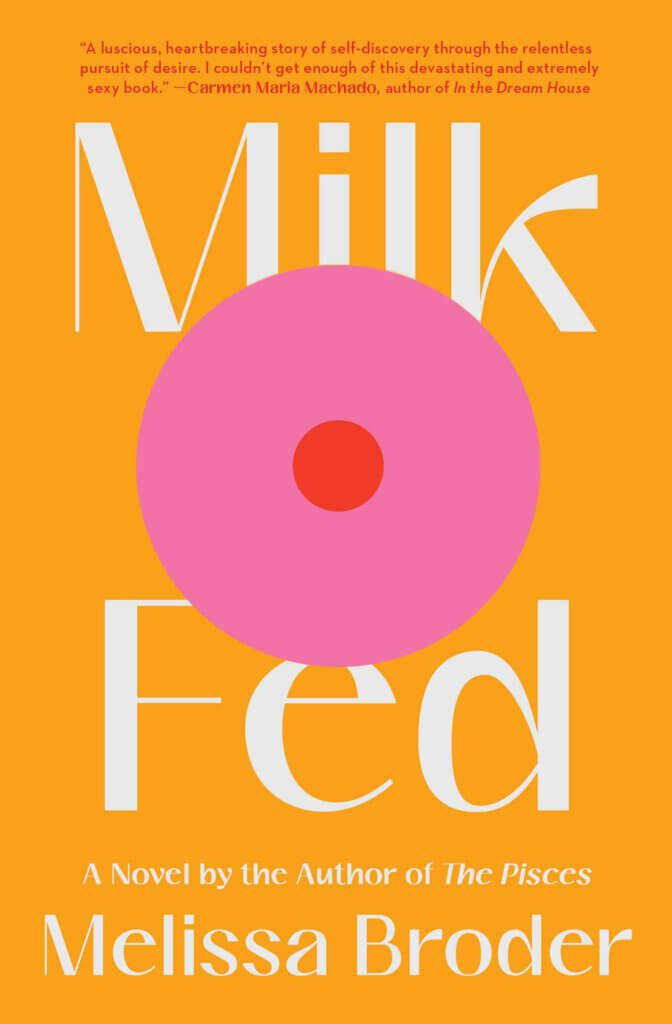
Milk Fed by Melissa Broder
Rachel, a lapsed Jew, has made calorie restriction her religion. But when she meets Miriam, a young Orthodox Jewish woman who wants to feed her, Rachel becomes entranced. By day, she maintains an illusion of control through obsessive eating rituals. By night, she pedals the elliptical machine to nowhere. Then Rachel meets Miriam, a young Orthodox Jewish woman who wants to feed her. Rachel is suddenly and powerfully entranced by Miriam – by her sundaes and her body, her faith and her family – and as the two grow closer, Rachel embarks on a journey of mirrors, mysticism, mothers, milk and honey. Combining superlative emotional insight with unabashedly vivid imagination, Melissa Broder tells a story of appetites: physical hunger, sexual desire, spiritual longing. Milk Fed is a tender and riotously funny meditation on love, certainty, and the question of what we are all fed, by one of our great writers on the psyche – both sacred and profane.
Melissa Broder’s novel delves into appetites—physical hunger, sexual desire, and spiritual longing—taking readers on a journey of mirrors, mysticism, and self-discovery. It’s a tender and riotously funny exploration of love, certainty, and the things that nourish us.
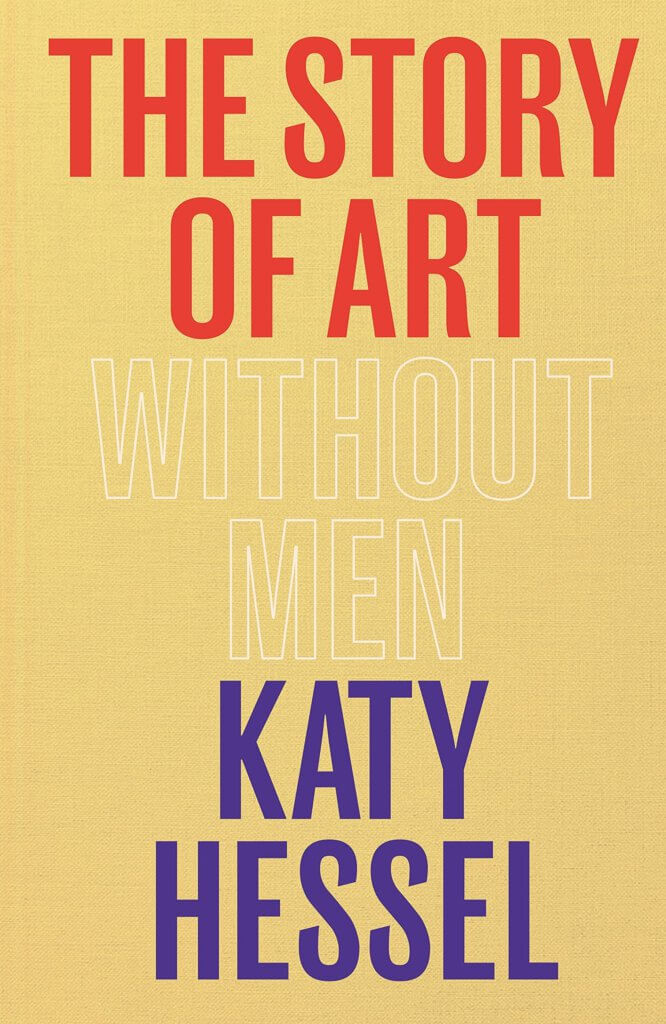
The Story of Art Without Men by Katy Hessel
How many female artists do you know? Who makes art history? Did women work as artists at all before the twentieth century? And what is the Baroque?
Challenge your understanding of art history with this unconventional take on the subject. Discover forgotten female artists from different time periods and regions who have contributed significantly to the art world. From Sofonisba Anguissola of the Renaissance to contemporary women artists shaping the art of the 2020s, this book sheds light on often-overlooked art forms and the women who have left their mark.
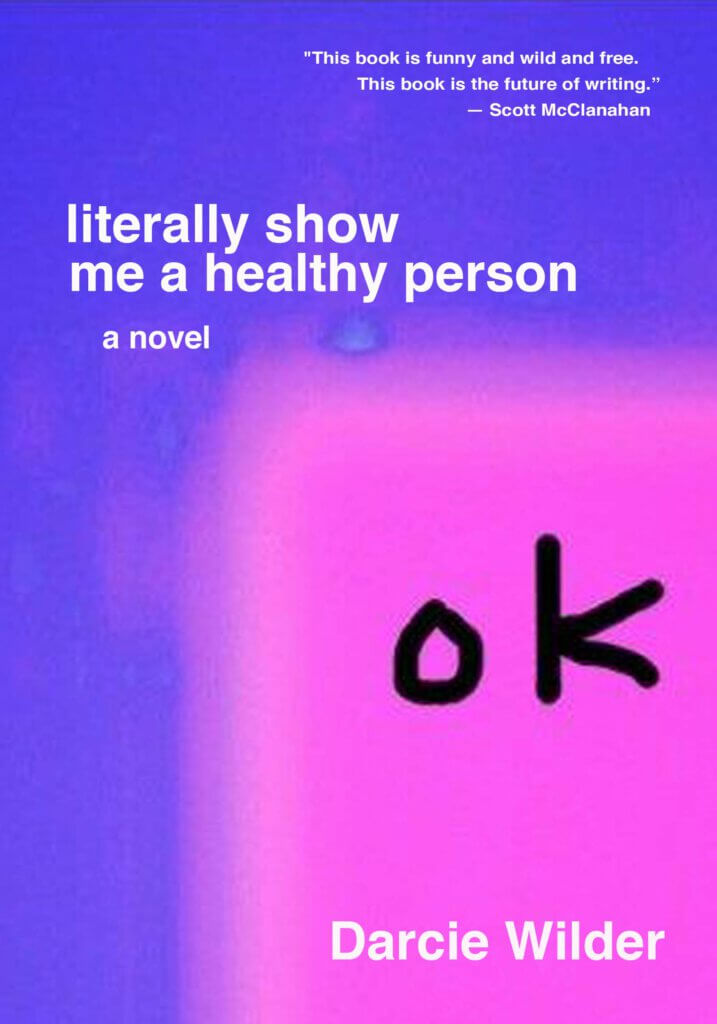
Literally show me a healthy person by Darcie Wilder
Narrated in short fragments perfectly suited for the social media age, this novel follows a woman reflecting on her mother’s death and chronicling her sexual escapades. Darcie Wilder’s unflinching honesty, combined with brutal humor, captures the essence of sadness, freedom, and energy that defines the early twenties. Prepare to be surprised, relieved, and moved to both laughter and tears.
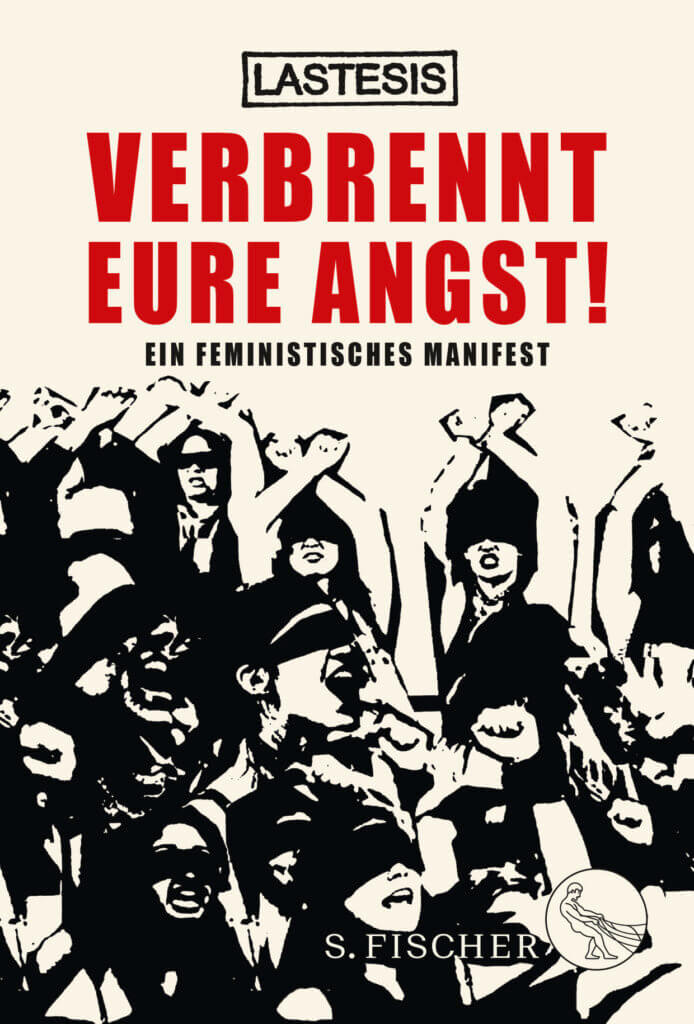
¡Quemar el miedo! by LASTESIS
This manifesto by the Chilean artists’ collective LASTESIS, known for their provocative performance “A Rapist on Your Way,” demands feminist solidarity and protests against patriarchy, violence against women, and femicide. It features songs and theatrical expressions of key feminist ideas, artistically implementing the thoughts of influential figures like Rita Segato and Silvia Federici. Prepare to be inspired and challenged by their bold and empowering message.
These books are essential companions for anyone navigating the uncertainties and transformations of their twenties. Whether you seek laughter, introspection, or inspiration, they offer valuable insights and perspectives on life, love, art, and personal growth.

